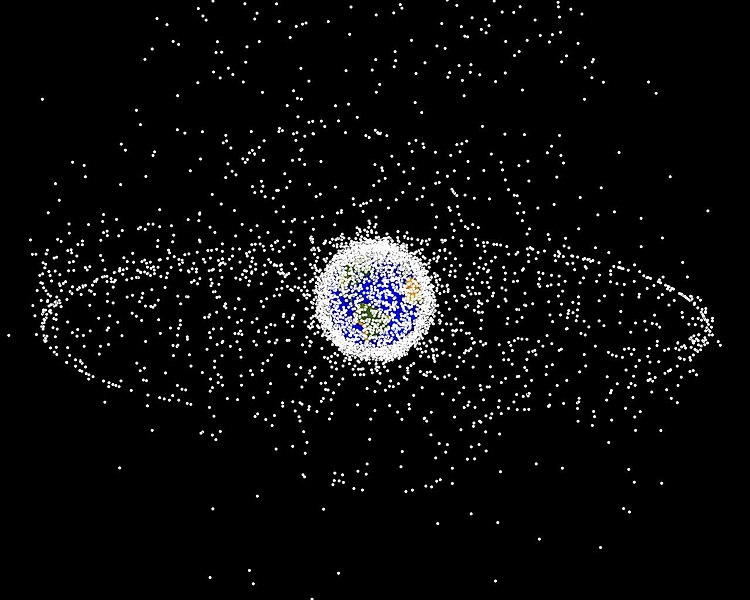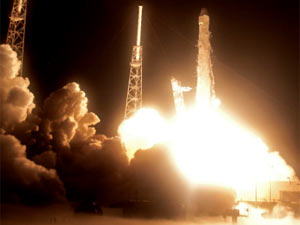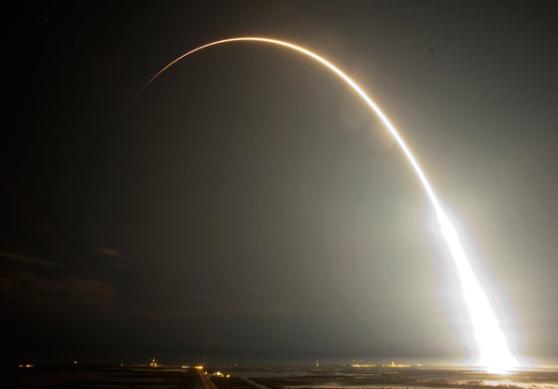Here is another MSN UK Space Blog i wrote. This looked at the topic of space debris. It was originally written as a topical piece, but i think the content is still relevant. Enjoy.
The last 54 years of space exploration has resulted in many great achievements for mankind. We have networks of satellites that can relay live video streams anywhere on the planet, space based systems that can pinpoint your exact location, global disaster warning and response systems and we even managed to land people on the Moon. Despite these considerable successes so far, space exploration shows no sign of slowing down, with even more countries such as China and India massively increasing their presence in space. However these amazing feats are not without consequence.
The area surrounding our planet is now littered with a cloud of debris, junk and artefacts from our continued forays into space. From spent rocket stages to old satellites the near-Earth space environment has become a very messy region. This was further exacerbated by the collision of two satellites in 2009 and the testing of a Chinese anti-satellite missile in 2007. These events nearly doubled the amount of debris being monitored. There have been calls for a long time to consider the implications of space junk and to start implementing plans to tidy it up.
This culminated with a recent report by the American National Research Council which stated that the level of space debris is currently at a “tipping point”. The report then goes to highlight the dangers that could be faced by current and new space missions if nothing is done to reduce the amount of space junk.

We have a lot of rubbish around the earth, although this image makes it look slightly worse than it is.
Debris in space poses a great risk to objects in the near-Earth space environment. This risk is a result of the high velocity that these objects are moving round the Earth, turning these objects into potentially dangerous projectiles. These projectiles, often only a few millimetres across, can cause massive damage to anything they collide with.
This damage can result in the malfunction or even pre-emptive decommission of satellites in orbit. The crew of the ISS have had two near emergencies as a result of potential collisions with space debris in just this year. At one point, the crew even prepared to evacuate as the risk of collision was seen as too high.
With a continued desire for the human exploration of space and the increasing reliance on satellite technology it is clear that this issue of space debris needs to be addressed. There have been many suggestions of potential solutions but currently there isn’t a solid decision on the best course of action.
The suggested solutions range from giant nets designed to catch the debris for safe removal from orbit, to shooting debris with lasers to change the path of the objects such that they would re-enter the atmosphere and burn up. Unfortunately these and similar solutions are merely doodles on the pads of some of the worlds leading science think-tanks and will require rapid implementation to restore safety to our space environment.
As we wait for the solution to the space junk crisis careful monitoring of the debris will continue to ensure safe working conditions in our near-Earth space environment.


